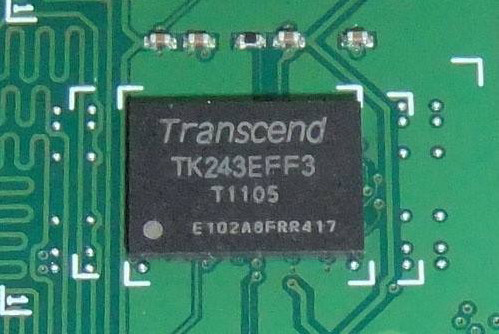In high-speed design, the impedance matching is related to the quality of the signal. Impedance matching technology can be said to be rich and diverse, but how to make a reasonable application in a specific system needs to weigh multiple factors. For example, in our system design, many of the source segments are used in series matching. For what circumstances need to match, what method of matching is used, and why this method is used.

For example: the matching of the difference mostly adopts the matching of the terminal; the clock adopts the source segment matching;
1, series terminal matching
The theoretical starting point of series terminal matching is to connect a resistor R between the source end of the signal and the transmission line in series under the condition that the impedance of the signal source end is lower than the characteristic impedance of the transmission line, so that the output impedance of the source end matches the characteristic impedance of the transmission line and suppresses The signal reflected from the load is reflected again.
The signal transmission after series terminal matching has the following characteristics:
A Due to the effect of the series matching resistor, when the driving signal propagates, 50% of its amplitude propagates to the load end;
The reflection coefficient of the B signal at the load end is close to +1, so the amplitude of the reflected signal is close to 50% of the original signal amplitude.
C The reflected signal is superimposed with the signal propagated at the source end, so that the amplitude of the signal received by the load end is approximately the same as the original signal;
D The reflected signal from the load end propagates to the source end, and is absorbed by the matching resistor after reaching the source end;
E After the reflected signal reaches the source, the source drive current drops to 0 until the next signal transmission.
Relative to parallel matching, series matching does not require the signal driver to have a large current drive capability.
The principle of selecting the matching resistance value of the series terminal is very simple, that is, the sum of the matching resistance value and the output impedance of the driver is required to be equal to the characteristic impedance of the transmission line. The output impedance of an ideal signal driver is zero, and the actual driver always has a relatively small output impedance, and when the signal level changes, the output impedance may be different. For example, a CMOS driver with a power supply voltage of +4.5V has a typical output impedance of 37Ω at low level and a typical output impedance of 45Ω at high level [4]; TTL drivers are the same as CMOS drives, and their output impedance will vary with the signal. The level changes and changes. Therefore, for TTL or CMOS circuits, it is impossible to have a very correct matching resistance, and only a compromise can be considered.
The signal network of chain topology is not suitable for series terminal matching, and all loads must be connected to the end of the transmission line. Otherwise, the waveform received by the load in the middle of the transmission line will be the same as the voltage waveform at point C in Figure 3.2.5. It can be seen that there is a period of time that the signal amplitude at the load end is half of the original signal amplitude. Obviously, the signal is in an indefinite logic state at this time, and the noise tolerance of the signal is very low.
Series matching is the most commonly used terminal matching method. Its advantage is low power consumption, no additional DC load to the driver, no additional impedance between the signal and the ground; and only a resistance element is required.
The above is an introduction to the research of impedance matching in PCB design. Ipcb is also provided to PCB manufacturers and PCB manufacturing technology